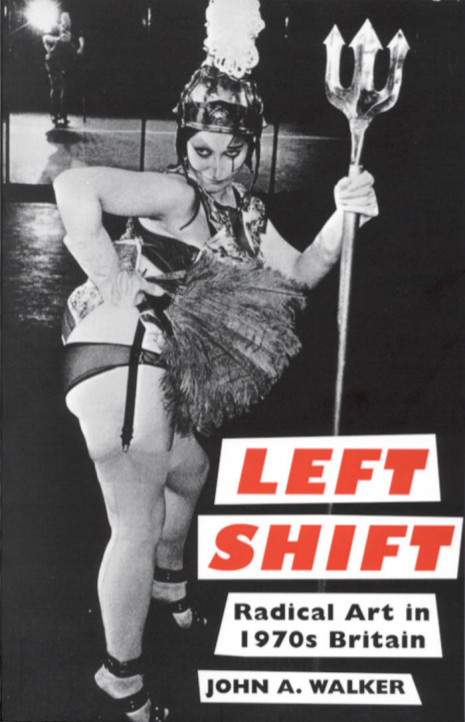William Andrews: Dissenting Japan: A History of Japanese Radicalism and Counterculture, from 1945 to Fukushima (2016)
Filed under book | Tags: · art history, counterculture, cultural history, dissent, japan, politics, protest, radicalism, social movements

“Following the March 2011 Tsunami and Fukushima nuclear crisis, the media remarked with surprise on how thousands of demonstrators had flocked to the streets of Tokyo. But mass protest movements are nothing new in Japan. The post-war period experienced years of unrest and violence on both sides of the political spectrum: from demos to riots, strikes, campus occupations, factional infighting, assassinations and even international terrorism.
This is the first comprehensive history in English of political radicalism and counterculture in Japan, as well as of the artistic developments during this turbulent time. It chronicles the major events and movements from 1945 to the new flowering of protests and civil dissent in the wake of Fukushima. Introducing readers to often ignored aspects of Japanese society, it explores the fascinating ideologies and personalities on the Right and the Left, including the student movement, militant groups and communes. While some elements parallel developments in Europe and America, much of Japan’s radical recent past (and present) is unique and offers valuable lessons for understanding the context to the new waves of anti-government protests the nation is currently witnessing.”
Publisher Hurst, London, 2016
ISBN 9781849045797, 1849045798
xxv+356 pages
Reviews: Carl Cassegård (Journal of Japanese Studies, 2018), Winifred Bird (Kyoto Journal, 2018), Sean Ledwith (Counterfire, 2017), Don O’Keefe (Japan Times, 2016).
Book website
Publisher
WorldCat
PDF (3 MB)
Comment (0)Saul D. Alinsky: Rules for Radicals: A Practical Primer for Realistic Radicals (1971/1989)
Filed under book | Tags: · activism, community, politics, radicalism, tactics

The father of modern community organization, Saul Alinsky taught a generation of activists and politicians how to effectively construct social change. In Rules for Radicals, Alinsky writes with passion and intelligence, carefully outlining “the difference between being a realistic radical and being a rhetorical one.” Indispensable since its first publication in 1971, this book continues to inform and inspire all those who believe that political engagement is the key to maintaining America’s democratic tradition.
Originally published by Random House, New York, 1971
Publisher Vintage Books, a division of Random House, New York, October 1989
ISBN 0679721134, 9780679721130
224 pages
John Albert Walker: Left Shift: Radical Art in 1970s Britain (2001)
Filed under book | Tags: · 1970s, art, left, political art, politics, radicalism, united kingdom

Compared to the 1960s, the 1970s is a neglected decade. This is a history of radical political art in Britain during the 1970s, art that sought to re-establish a social purpose. It argues that what was unique about the visual fine art of the decade was the impact of left-wing politics, women’s liberation and the gay movement. Artists discussed include: Rashid Araeen, Conrad and Terry Atkinson, Joseph Beuys, Derek Boshier, Stuart Brisley, Victor Burgin, John Drugger, Gilbert and George, Margaret Harrison, Derek Jarman, John Latham, Mary Kelly, Bruce McLean, David Madalla, Jamie Reid, Jo Spence, John Stezaker and Stephen Willats who responded to the historical events of a period marked by economic and political crises. A wide variety of art forms is covered: banners, drawing, film, community murals, painting, performance, photography, photomontage, posters, sculpture and video. Many radical artists challenged prevailing art institutions, such as the Arts Council, often establishing alternatives, like the Artist’s Union.
The book, which is set out on a year-by-year basis, also examines key conferences, exhibitions, galleries, magazines, organizations and critics; art theory and the various views of artists and critics meant that the 1970s was a decade of intellectual ferment.
Publisher I.B.Tauris, December 2001
ISBN: 9781860647666
304 pages
PDF (updated on 2013-6-24)
Comment (0)
